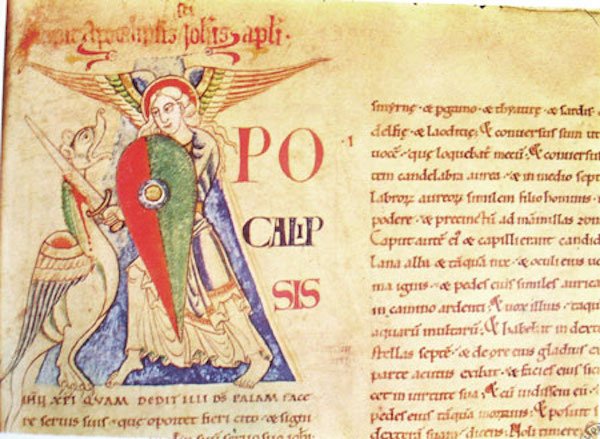Chapter Talk – Solemnity of Sts. Robert, Alberic & Stephen, January 26, 2023
What was the larger horizon that guided our founders’ decision to leave their monastery of Molesme to the wilderness of Citeaux? We may ask the same question in this way: what was their dream? Dreams form the landscape, the horizon of our lives. ‘Dreams’ come from a deep place within the individual and in the larger body of community and even an Order. To quote Pope Francis: “I want us to look together at the importance of dreams…it is not about the dreams themselves but about what lies beneath them. The dream symbolizes the spiritual life of each of us, that inner space that each of us is called to cultivate and guard, where God manifests himself and often speaks to us” (Audience, January 26th, 2022).
In the larger horizon of the twelfth century ‘reform and renewal’ was the overarching reality affecting the Church and its religious leaders (McGinn, The Growth of Mysticism, p.149). The Exordium Parvum (EP) states this intention for the departure of the brothers from Molesme: “These men are from a certain place which is called the New Monastery; they left the church of Molesme with their abbot and went to live there for the sake of a stricter, more secluded life according to the Rule of the Blessed Benedict, which they had resolved to observe, having set aside the customs of certain monasteries…” They desired a stricter, simpler life than what they were living, a life more faithful to the Rule of St. Benedict. This was their ‘dream’. For the early founders, being faithful to the observances that form the outer structure of monastic life was not disconnected from the inner life. This was not just an outer process: “Bernard of Clairvaux insisted on the other pole of the process of reform and renewal—all reform must serve the personal renewal that brings us closer to Christ” (p.150). The interior life, personal renewal, and fidelity to the observances are to form a unity where the orientation is, in Michael Casey’s words, “a hidden pursuit of radical discipleship to Christ and fidelity to the gospel” (Exordium, unit 10).
Any authentic renewal begins with returning to the sources….the fertile ground that gave birth to Benedictine life. This is what our founders did. This return to the Rule was the springboard for ‘New Monastery’. Sr. Aquinata Bockmann has written that the key to understanding the Rule of St. Benedict is this saying from chapter 72:11-12: “To prefer absolutely nothing to Christ who will lead us all together to eternal life” (Perspectives On the Rule of St. Benedict, p.214). Our founders assuredly had these words of St. Benedict in their hearts and consciousness. I believe we can say that this was the spiritual force calling them to leave their monastery of Molesme. They desired a simpler, stricter life which made the focus of their lives clear, the love of Christ. All the excesses that can so easily take over in our lives were to be left behind to find again the original spirit of the Rule. In describing how she imagines St. Benedict, Sr. Aquinata has this poetic description: “with both feet on the ground, with open ears listening in all directions, having penetrating, kind eyes that see through the surface and discover Christ in everything and everybody…” (p.216). Simplicity of life, focused on the essentials, loving the brothers, loving the place…all for the experience of God, an experience grounded in our humanity, broken as it is, and still the vessel of God’s life in Christ.
Robert, Alberic and Stephen worked the soil of New Monastery which became the foundation for the new Cistercian Order. Their intention was not to start an Order but to keep their lives focused on Christ, to grow in his love not counting the cost. They strove to order love in their lives, a love that transforms all selfishness, murmuring, judgmental attitudes. To honor our founders today calls us to return to what is essential…to return to the source and ground of our lives: ‘preferring nothing to the love of Christ’.
Sr. Kathy DeVico, Abbess
(The Illustrated Capital “A” shown above is from the Bible of Stephen Harding, 12th Century, Abbey of Cîteaux, Dijon, France. The illustration is of St Michael battling the Serpent. The “A” introduces the Book of the Apocalypse, better known today as Revelations. Our founders were geniuses in the visual arts as well as the spiritual crafts.)


